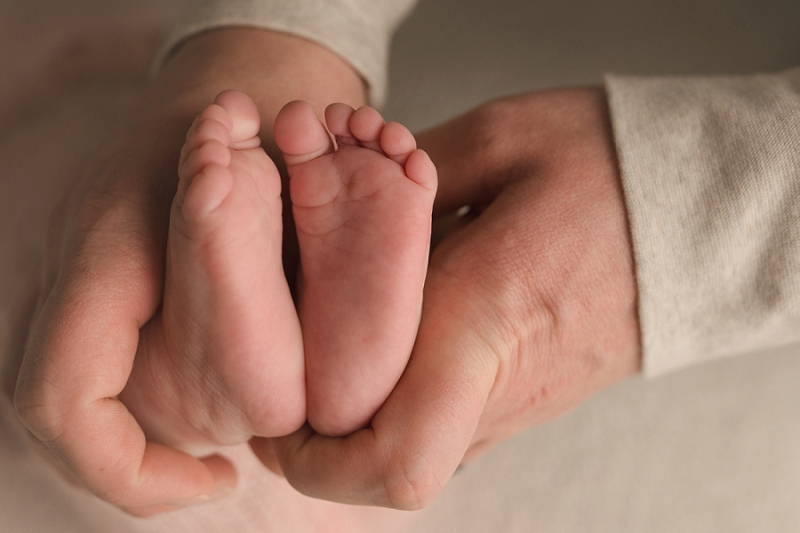09
20173 Ways to Prepare for Life as a Parent with a Disability
People with physical disabilities sometimes have a long road to becoming parents. From infertility, to making modifications to your accessible home to ensure everyone’s safety, you may face several challenges along the way. Our tips will help.
3 Ways to Prepare for Life as a Parent with a Disability
1. Be Prepared for IVF
If you, your partner, or both of you live with physical disabilities, you may face a decision about fertility treatments. If your doctors have suggested in vitro fertilization (IVF), you will need to prepare yourselves mentally and financially for this type of treatment. Even though many couples agree they will do just about anything to get pregnant, you need to consider the costs of the treatment (click here for an IVF cost and regulation guide). In fact, one study shows that high costs are a determining factor in couples’ decisions to get more affordable treatment abroad.
You also need to understand that various countries regulate IVF differently, and some have specific regulations about the age IVF may be used, the number of embryos that a doctor can implant, and whether donor eggs or sperm may be used. Learn the success rates of IVF in various countries before you make a decision. Fortunately, “the success and availability of in vitro fertilization have given hope to many infertile couples who have not been able to conceive. Since 1978, 5.4 million babies have been born worldwide with the help of IVF.”
Once you decide to pursue IVF, start saving for treatments. More traditional ways of covering the costs include saving more money from each pay period, dipping into a retirement fund, or using a flexible health savings account if your insurance plan allows for you to do so. Today, couples are getting creative about paying for IVF. Some raise money through online fundraisers, while others use online auctions and swap and sell sites to supplement their savings.
2. Prepare Your Home
Once you are pregnant, prepare your home for your new bundle of joy. Many people with disabilities live in accessible homes with features such as walk-in or roll-in showers, lower counter heights, and non-slip flooring. Other accessibility features in your home may make it difficult for you to baby proof it, so plan to ensure the safety of your family. For example, if you have 36-inch wide doorways, get baby gates that extend far enough to accommodate your wider doorways. Also, if you have lower counters, lock your cabinets and drawers with childproof locks since items will be more accessible to your toddler, too.
One area of babyproofing that parents often overlook is putting guards or locks on windows. Even if you live in an accessible one-story home, you need to ensure your child’s safety by baby proofing the windows because he could crawl out of one or pull an open window down on himself. Most accessible homes also feature windows that are low to the floor, anyway, so it is imperative that you install guards to protect your child. Keep in mind that different types of windows require different types of baby proofing.
3. Reduce Risk of Falling
If you are concerned about falling while carrying your child, use this checklist to prevent falls. Many home modifications to reduce the risk of falling are simple fixes that you can do yourself, including tightening handrails and repairing broken ones, securing all area rugs with non-skid pads or double-sided tape, and using floor cleaner and wax this is non-skid. Install grab bars in your bathroom, especially once you begin bathing your newborn in your tub. Keep items you use most frequently within reach when you care for your baby, too.
Another way to reduce the risk of falling is increasing the amount of lighting in your home. Place nightlights along your path to the baby’s room and put one in his bedroom. Have a licensed electrician install lights at the top and bottom of stairs, and keep a lamp near your bed and near the baby’s crib. Evaluate your home’s lighting and make sure you add lighting to all dark areas.
People living with disabilities who long to be parents should prepare themselves for IVF, modify accessible homes to ensure the family’s safety, and take steps to reduce their risk of falling while caring for children.
______________________________________________________________________________
Ashley Taylor is a freelance writer, photographer, and advocate for people with disabilities. She created DisabledParents.org to provide information and resources to other parents with disabilities. When she isn’t working, she enjoys spending time with her husband and two children.



Michelle
What a thoughtful post! We chose not to have children, in part, because of my own disability. It was the right choice for us, but it’s great to see encouragement out there for those who choose to.